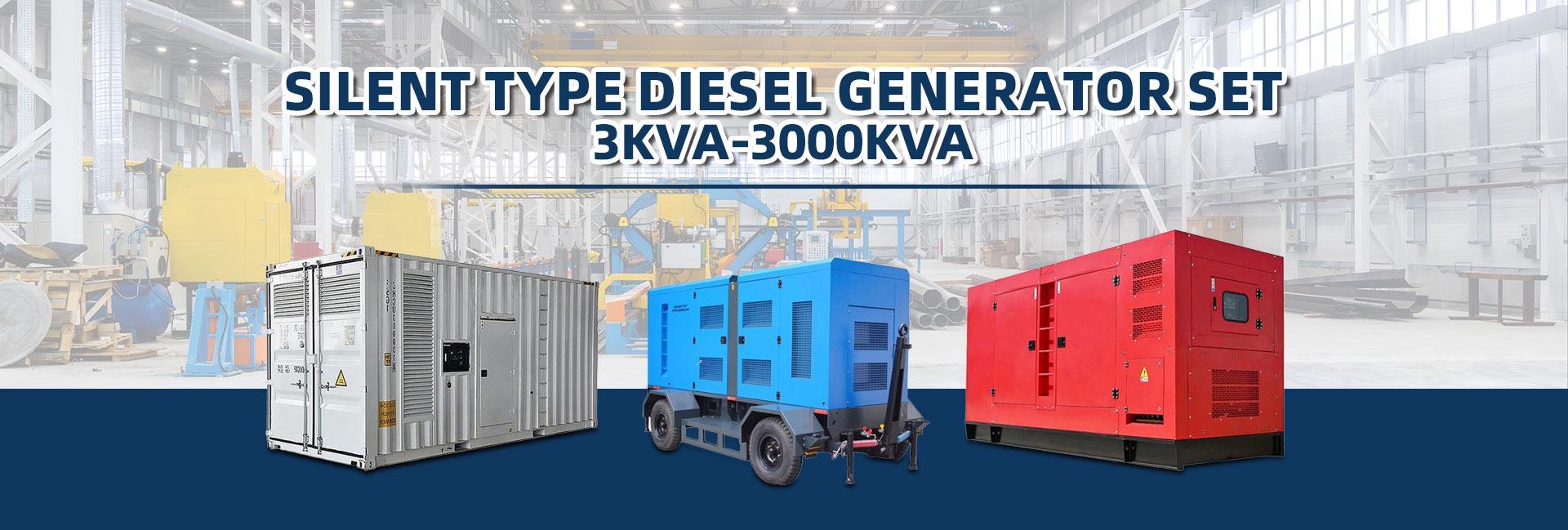Introduction
When it comes to choosing a natural gas generator for your home or business, getting the right size is absolutely necessary. In my experience, many people make the mistake of selecting a generator that's either too small or too large for their power needs. This can lead to a whole host of problems, from insufficient power to wasted energy and money.
Step 1: Determine Your Power Needs
The first step in sizing a natural gas generator is to determine your power needs. This means figuring out how much electricity you'll need to run your essential appliances and devices during a power outage. To do this, you'll need to make a list of all the items you want to run, along with their wattage requirements. Once you have this information, you can calculate your total power needs by adding up the wattage of each item.
Subsection 1: Essential Appliances
When making your list of essential appliances, be sure to include items like your refrigerator, freezer, and sump pump. These are the things that you'll want to keep running during an outage to prevent food spoilage and potential water damage. You should also consider adding items like your heating and cooling system, as well as any medical equipment you may have.
Subsection 2: Non-Essential Appliances
While it's important to prioritize essential appliances, you may also want to consider including some non-essential items on your list. This could include things like your television, computer, and smartphone charger. However, keep in mind that adding non-essential items will increase your power needs, which may require a larger generator.
Step 2: Calculate Fuel Consumption
Once you have an idea of your power needs, the next step is to calculate your fuel consumption. This is important because it will help you determine how much natural gas you'll need to keep your generator running during an outage. To calculate fuel consumption, you'll need to know the generator's runtime at a specific load, as well as its fuel consumption rate at that load.
Subsection 1: Runtime
Runtime refers to the amount of time a generator can run on a single tank of fuel. This is usually expressed in hours, and it can vary depending on the size of the generator and the load it's running at. To determine your generator's runtime, consult the manufacturer's specifications or use a runtime calculator.
Subsection 2: Fuel Consumption Rate
Fuel consumption rate refers to the amount of natural gas a generator uses per hour. This is usually expressed in cubic feet per hour (CFH). To calculate your generator's fuel consumption rate, divide the total number of cubic feet of natural gas in the tank by the runtime at the specific load you'll be running.
Step 3: Consider Efficiency
Finally, it's important to consider the efficiency of the generator when sizing it for your needs. A more efficient generator will use less fuel to produce the same amount of power, which can save you money in the long run. Look for generators with high efficiency ratings, and consider factors like engine type and size when making your selection.
Subsection 1: Engine Type
There are two main types of engines used in natural gas generators: reciprocating engines and turbine engines. Reciprocating engines are more common, and they're generally less expensive and easier to maintain than turbine engines. However, turbine engines are more efficient and can produce more power in a smaller package.
Subsection 2: Engine Size
Engine size is another important factor to consider when it comes to efficiency. In general, larger engines are more efficient than smaller ones. This is because they can run at lower RPMs, which reduces wear and tear on the engine and improves fuel efficiency. However, larger engines are also more expensive and may be overkill for your power needs.
Conclusion
Sizing a natural gas generator may seem like a daunting task, but by following these steps, you can ensure that you choose the right size for your needs. Remember to prioritize essential appliances, calculate fuel consumption, and consider efficiency when making your selection. And if you're still unsure, don't hesitate to consult with a professional to help you make the right choice.





